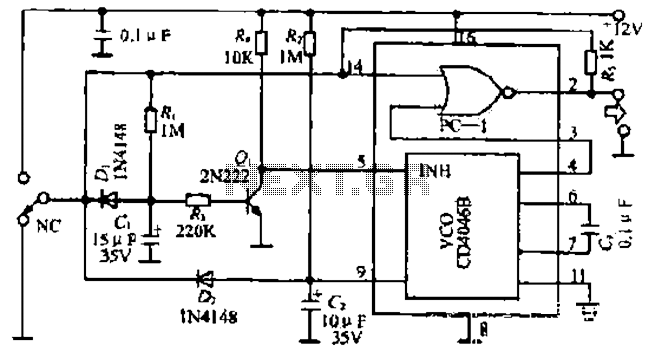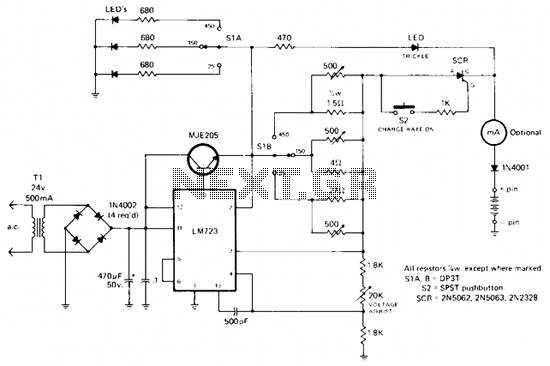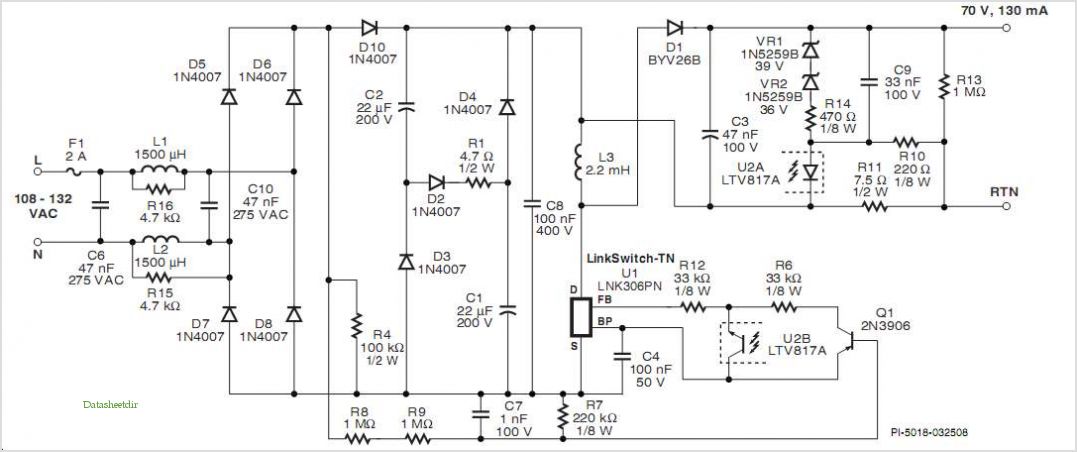
user-customizable PTT/FSK API of MMTTY

A good example of code for EXTFSK, originally called COMFSK (now renamed to ExtFsk106). The COMFSK plug-in allows for PTT/FSK communication through legacy serial ports, USB-serial adapters, or legacy parallel ports (USB-parallel adapters are not supported). For users operating on Windows 2000 or XP, the DLPORTIO driver is required, while users on Windows 98 or ME do not need this driver. More information can be found in the documentation included with the COMFSK package. Mori-san has stated that all files, including source codes in the COMFSK package, can be freely copied, modified, and used for both commercial and non-commercial purposes. Many recent laptop PCs lack a serial port, which poses a challenge for radio amateurs, as many ham software applications rely on serial ports for PTT, FSK, and rig control. Modern PCs typically feature USB ports instead. While USB-serial adapters can be used for PTT and rig control, many do not support FSK due to limitations in baud rate (45 baud is often too slow) and the 5-bit data mode. MMTTY traditionally uses the UART for FSK keying, while this sample DLL utilizes the multimedia timer of Windows, allowing for software-controlled FSK keying. The FSK signal can be output from TXD, RTS, or DTR of the serial port, as well as from the data or strobe lines of the parallel port, with the option to reverse signal polarity. Timing accuracy is dependent on the multimedia timer and CPU performance; high-performance CPUs can yield satisfactory results. Reports from several Japanese HAM operators indicate successful operation of USB-serial adapters and legacy parallel ports for FSK keying and PTT control. Users should select a COM or LPT port from the Port drop-down list, with EXTFSK displaying the status of the selected port. If the status is NG, another port should be selected. After unzipping the downloaded file, users must copy three files—DlportiodllTDLPortIO.dll, DlportioDriverLINXdriversDLPORTIO.dll, and DlportioDriverLINXdriversDLPORTIO.sys—into the directory where MMTTY is installed. This program utilizes a function call (EscapeCommFunction from TimeProc) that is not guaranteed in the Windows API. It is confirmed to work on PCs running Windows 2000 and Windows XP, though compatibility with all PCs cannot be assured.
The EXTFSK (formerly COMFSK) plug-in serves as a versatile tool for amateur radio operators, particularly in enabling PTT (Push-to-Talk) and FSK (Frequency Shift Keying) communication through various port types. The shifting landscape of computing hardware, particularly the transition from legacy serial ports to USB interfaces, necessitates the development of such adaptable solutions. The software's reliance on the multimedia timer for FSK keying represents a significant advancement, allowing for precise timing control that is essential for effective communication in amateur radio applications.
The implementation of the DLPORTIO driver is critical for users of Windows 2000 and XP, as it facilitates communication with the hardware ports necessary for FSK operation. The documentation accompanying the COMFSK package provides essential guidance for installation and configuration, ensuring that users can successfully set up their systems for optimal performance. The ability to output FSK signals from multiple sources (TXD, RTS, DTR, and parallel port lines) enhances the flexibility of the system, allowing operators to tailor their setups according to the specific capabilities of their hardware.
Moreover, the reported success of Japanese HAM operators in utilizing USB-serial adapters and parallel ports for FSK keying underscores the practical applicability of the EXTFSK plug-in in real-world scenarios. The potential for signal polarity reversal adds another layer of versatility, accommodating various equipment configurations and preferences.
In summary, the EXTFSK plug-in represents a significant tool for amateur radio enthusiasts, providing a robust solution for PTT and FSK communications in a landscape increasingly dominated by USB technology. The careful design and thorough documentation ensure that users can effectively leverage the capabilities of this software in their radio operations.A very good example of code for EXTFSK that was called COMFSK. (The name has been changed to ExtFsk106) With the COMFSK plug-in, you can do PTT/FSK through legacy serial port, USB-serial adapter, or legacy parallel port (USB-parallel adapter not supported). See below for the file download. If you are using Windows 2000 or X P, you need the DLPORTIO driver. If you are using Windows 98 or ME, you do not need the driver. Read the document included in the COMFSK package for more information. Mori-san has declared that all the files including source codes in the COMFSK package can be copied, modified, used for commercial and non-commercial use. What a bonus! Many recent laptop PCs do not have a serial port. That is bad news for radio amateurs, because many ham software use the serial port for PTT, FSK, and rig control.
Instead of the serial port, modern PCs invariably have USB ports. OK, how about a USB serial adapter Yes, you can use one for PTT and rig control. However, most USB serial adapters do not work for FSK, . It`s because they do not support 45 baud rate, which is too slow. It`s also because they do not support the 5-bit data mode. For FSK keying, MMTTY has been using the UART (baud rate generator in the serial port hardware). This sample DLL, on the other hand, uses the multimedia timer of Windows, and the FSK keying is fully controlled by software. The FSK signal can be output not only from TXD but also from RTS or DTR of the serial port, and data or strobe of the parallel port.
The signal polarity can even be reversed. The timing accuracy depends on the multimedia timer and the CPU performance, but I think the recent high-performance CPU would offer feasible results. According to my experiences, the jitter was about 1 msec for 165 msec code duration using Celeron 1. 06GHz on Windows XP. Several JA HAMs on the Japanese MMHAMSOFT reflector reported that they successfully made the USB-serial adaptor and the legacy parallel port work for the FSK keying and PTT control.
5) Select a COM or LPT port from the Port drop-down list. EXTFSK shows the status of the port that you have selected. If the status is NG, you should select another port. Unzip the downloaded file. Copy three files, DlportiodllTDLPortIO. dll, DlportioDriverLINXdriversDLPORTIO. dll, and DlportioDriverLINXdriversDLPORTIO. sys to the directory in which MMTTY is installed. 1) This program uses a function call (EscapeCommFunction from TimeProc), which is not guaranteed in Windows API. This sample is working good on my PCs with Windows 2000 and Windows XP, but I am not sure if it works on every PC.
🔗 External reference
The EXTFSK (formerly COMFSK) plug-in serves as a versatile tool for amateur radio operators, particularly in enabling PTT (Push-to-Talk) and FSK (Frequency Shift Keying) communication through various port types. The shifting landscape of computing hardware, particularly the transition from legacy serial ports to USB interfaces, necessitates the development of such adaptable solutions. The software's reliance on the multimedia timer for FSK keying represents a significant advancement, allowing for precise timing control that is essential for effective communication in amateur radio applications.
The implementation of the DLPORTIO driver is critical for users of Windows 2000 and XP, as it facilitates communication with the hardware ports necessary for FSK operation. The documentation accompanying the COMFSK package provides essential guidance for installation and configuration, ensuring that users can successfully set up their systems for optimal performance. The ability to output FSK signals from multiple sources (TXD, RTS, DTR, and parallel port lines) enhances the flexibility of the system, allowing operators to tailor their setups according to the specific capabilities of their hardware.
Moreover, the reported success of Japanese HAM operators in utilizing USB-serial adapters and parallel ports for FSK keying underscores the practical applicability of the EXTFSK plug-in in real-world scenarios. The potential for signal polarity reversal adds another layer of versatility, accommodating various equipment configurations and preferences.
In summary, the EXTFSK plug-in represents a significant tool for amateur radio enthusiasts, providing a robust solution for PTT and FSK communications in a landscape increasingly dominated by USB technology. The careful design and thorough documentation ensure that users can effectively leverage the capabilities of this software in their radio operations.A very good example of code for EXTFSK that was called COMFSK. (The name has been changed to ExtFsk106) With the COMFSK plug-in, you can do PTT/FSK through legacy serial port, USB-serial adapter, or legacy parallel port (USB-parallel adapter not supported). See below for the file download. If you are using Windows 2000 or X P, you need the DLPORTIO driver. If you are using Windows 98 or ME, you do not need the driver. Read the document included in the COMFSK package for more information. Mori-san has declared that all the files including source codes in the COMFSK package can be copied, modified, used for commercial and non-commercial use. What a bonus! Many recent laptop PCs do not have a serial port. That is bad news for radio amateurs, because many ham software use the serial port for PTT, FSK, and rig control.
Instead of the serial port, modern PCs invariably have USB ports. OK, how about a USB serial adapter Yes, you can use one for PTT and rig control. However, most USB serial adapters do not work for FSK, . It`s because they do not support 45 baud rate, which is too slow. It`s also because they do not support the 5-bit data mode. For FSK keying, MMTTY has been using the UART (baud rate generator in the serial port hardware). This sample DLL, on the other hand, uses the multimedia timer of Windows, and the FSK keying is fully controlled by software. The FSK signal can be output not only from TXD but also from RTS or DTR of the serial port, and data or strobe of the parallel port.
The signal polarity can even be reversed. The timing accuracy depends on the multimedia timer and the CPU performance, but I think the recent high-performance CPU would offer feasible results. According to my experiences, the jitter was about 1 msec for 165 msec code duration using Celeron 1. 06GHz on Windows XP. Several JA HAMs on the Japanese MMHAMSOFT reflector reported that they successfully made the USB-serial adaptor and the legacy parallel port work for the FSK keying and PTT control.
5) Select a COM or LPT port from the Port drop-down list. EXTFSK shows the status of the port that you have selected. If the status is NG, you should select another port. Unzip the downloaded file. Copy three files, DlportiodllTDLPortIO. dll, DlportioDriverLINXdriversDLPORTIO. dll, and DlportioDriverLINXdriversDLPORTIO. sys to the directory in which MMTTY is installed. 1) This program uses a function call (EscapeCommFunction from TimeProc), which is not guaranteed in Windows API. This sample is working good on my PCs with Windows 2000 and Windows XP, but I am not sure if it works on every PC.
🔗 External reference




